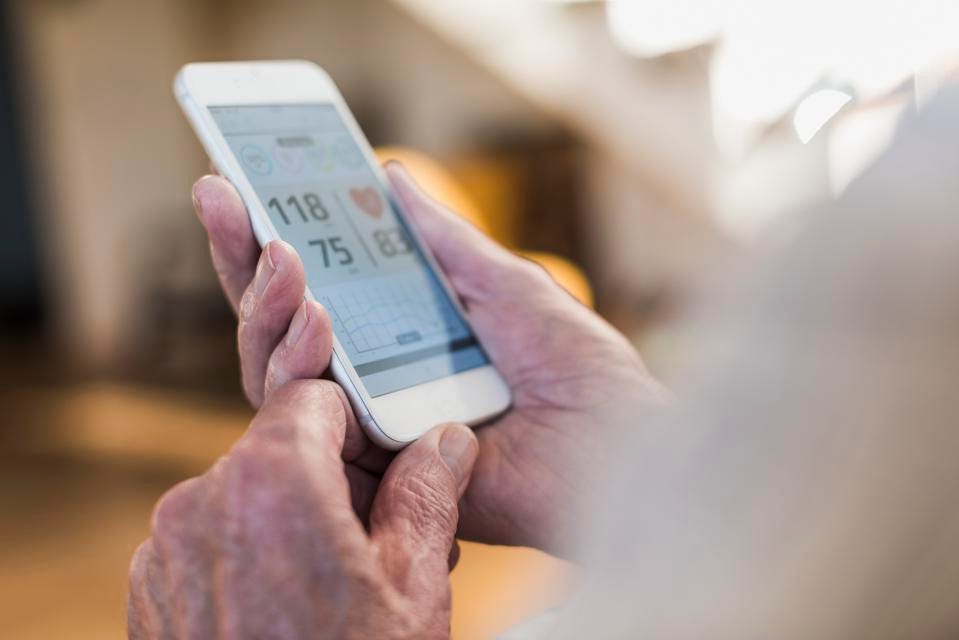
The wearables market remains fairly early in its evolution, as a long way as clinically proven technologiesare involved. but the pursuits for this space only appear to be restricted via the creativeness ofbuilders balanced by means of the practical realities of cost and production competencies.entrepreneurs who come into healthcare from other industries additionally provide a completely uniqueperspective of what’s wished and the way they are able to supply it.
For BeBop Sensors CEO Keith McMillen, the music commercial enterprise isn’t as far far from generatingfabric embedded with sensors because it sounds. McMillen shared his mind in a smartphone interview after the agency filed an amended shape D submitting at the U.S. Securities and trade fee’s websitedisplaying it has raised a little much less than $1 million inside the past 12 months, totaling more than $4.4 million to date.
further to BeBop Sensors, McMillen runs Keith McMillen gadgets, which builds digital gadgets.
“building units like violins and guitars, you get a view on craftsmanship that adds a one of a kind element.i have been able to carry that knowledge, attention to detail, and fluidity inside the layout. It simplyenables to have a layout aesthetic that’s shared and units us apart from how we view a problem and what we call for from ourselves.”
McMillen’s enterprise has evolved sensors with conductive ink. Its placement and the patterns they inventwith it rely upon the sort smart cloth it develops. “It’s like having an amazing microphone that selectionsup each instrument in the orchestra,” McMillen said.
The corporation has advanced a varied wardrobe of smart fabrics throughout felts, artificial silks, andother technical fabrics designed to degree things like movement, pressure, region, weight, length andform.
The applications range from strain sensors in a vehicle seat to assist decide the burden of the motive force as a issue of airbag deployment to sanatorium mattress sheets to help predict the risk of bedsores. The car enterprise is in which its lead merchandise will pass first.
The organisation works with suppliers to those agencies. it’s far looking for and running with originalequipment producers that are the specialists in several one-of-a-kind verticals.
The factor of embedding sensors in cloth is to make the collection of data so passive whilst minimizing the amount of electricity the sensors require to acquire facts, they end up “forgettables,” as McMillen places it.but as other businesses have observed, balancing the need for accuracy with the want to save you such things as pores and skin infection may be complicated to remedy. nonetheless, after six years ofgrowing its generation, McMillen estimates that the corporation is ready 365 days far from bringing its first wearable to market — an insole which could degree gait. The idea is to collect data with an eye to predicting detrimental occasions.
as the enterprise’s clever material generation has advanced, so has the information of sensors and theircapability applications from would-be clients.
“The ability to articulate need has improved pretty, McMillen stated. “That’s without a doubt beenwonderful. while a person comes in with the preference but not the design, the task goes nowhere.however we’ve visible people display up with a clean feel of [their] need, articulating a design, and anunderstanding of tradeoffs.”
They’re now not surprised to pay attention there are tradeoffs, because they anticipate them, McMillendelivered.




